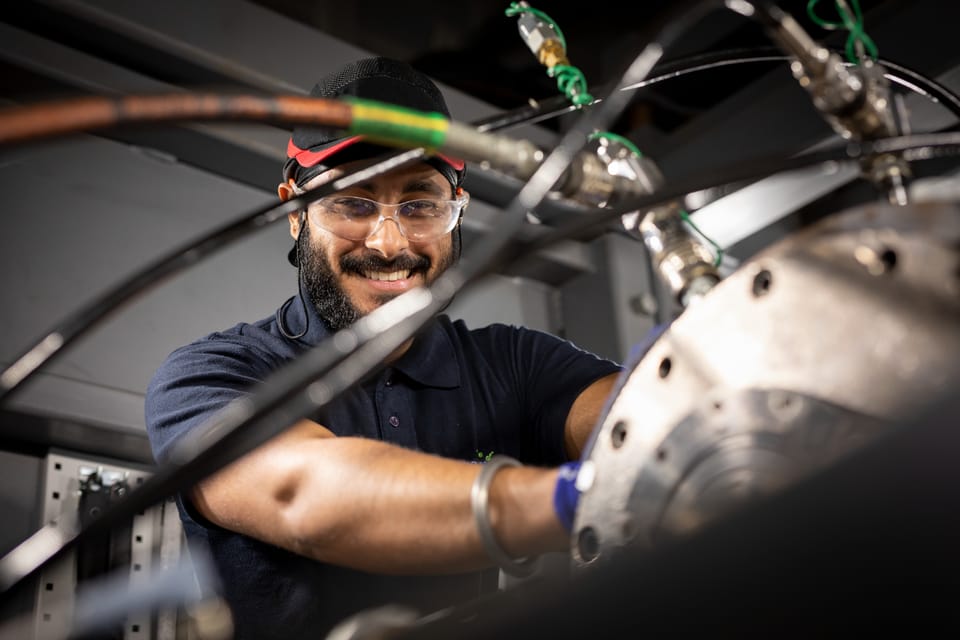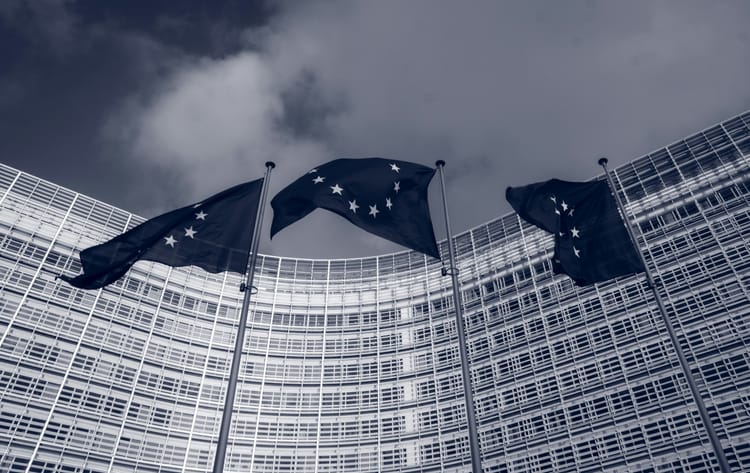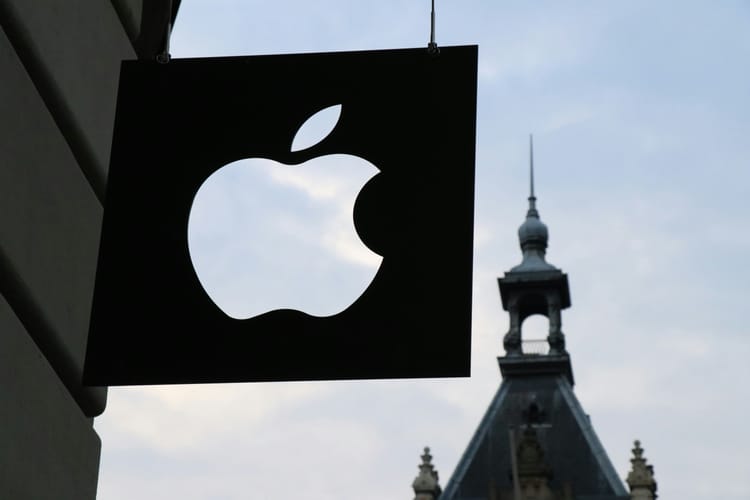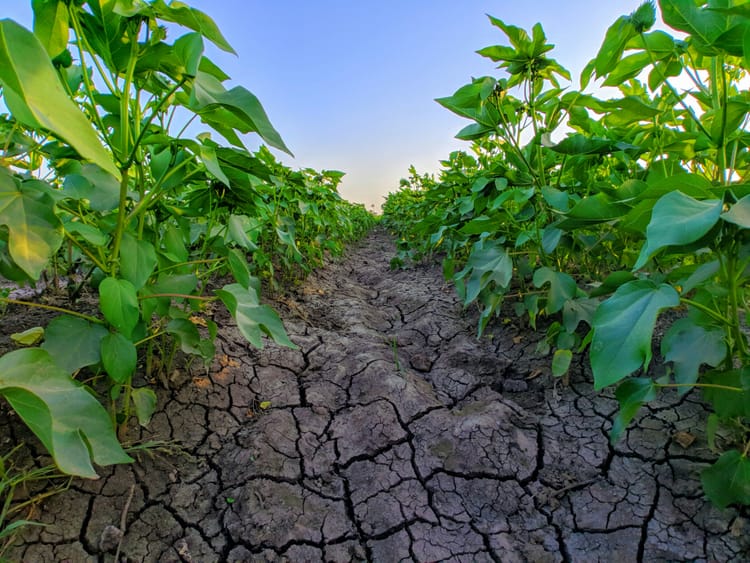Smiths Group reports 15% year-on-year reduction in GHG emissions

Smiths Group reduced its carbon footprint by 15% in the past year, with particular progress in Scope 3, according to its latest sustainability report.
The multinational engineering firm, which owns technical equipment brands such as John Crane, Smiths Detection, Flex-Tek and Smiths Interconnect, reported a total carbon footprint of 1,210,759 tonnes of CO2 equivalent for the year to July 2024 – down from 1,430,058 tonnes the previous year. Most of the decrease came from Scope 3, where emissions went down more than 15%, to 1.17 million tonnes of CO2.
This was the first year Smiths Group implemented the EcoVadis supplier management platform, which helped align procurement and sustainability goals.
“We have made great progress this year across all metrics and have confidently set new targets for the next three years, along with broadening our disclosures. We have also taken significant steps towards greater transparency and alignment of our supply chain with our broader set of ESG objectives,” said Kini Pathmanathan, Group Head of Smiths Excellence and Sustainability.
Smiths Group now aims to have 25% of its suppliers by spend commit to science-based targets by 2027, up from 10% in 2024.
Energy efficiency gains bring progress in operational emissions
The company’s absolute Scope 1 and 2 emissions also went down by 10.7% in 2024, thanks primarily to improvements in energy efficiency.
Both energy efficiency and greenhouse gas reduction targets are included in Smiths Group’s incentive plans – a strategy whose impact former Chief Sustainability Officer John Ostergren told CSO Futures last year was “difficult to overstate”.
Overall, absolute energy consumption went down by 1.4%, and the percentage of renewable energy used for electricity went from 70% last year to 73% this year.
Smiths Group governance shake-up
In April 2024, the company introduced a new governance structure, eliminating the role of Chief Sustainability Officer held by Ostergren and introducing Kini Pathmanathan as Head of Smiths Excellence and Sustainability, with the purpose of driving “higher performance and a stronger company culture”.
Just a few months before, Smiths had its net zero targets approved by the Science Based Targets Initiative – including a goal to achieve net zero Scope 1 and 2 emissions by 2040 and net zero Scope 3 emissions by 2050.







Member discussion